TV Shows
10 Profound and Thought-Provoking Quotes from Popular TV Series
Foreign TV series don’t just offer entertaining moments to viewers — they also provoke deep thought through meaningful dialogue. Especially lines that carry philosophical, existential, or social critique often reflect the inner world of the characters while delivering powerful messages to the audience.
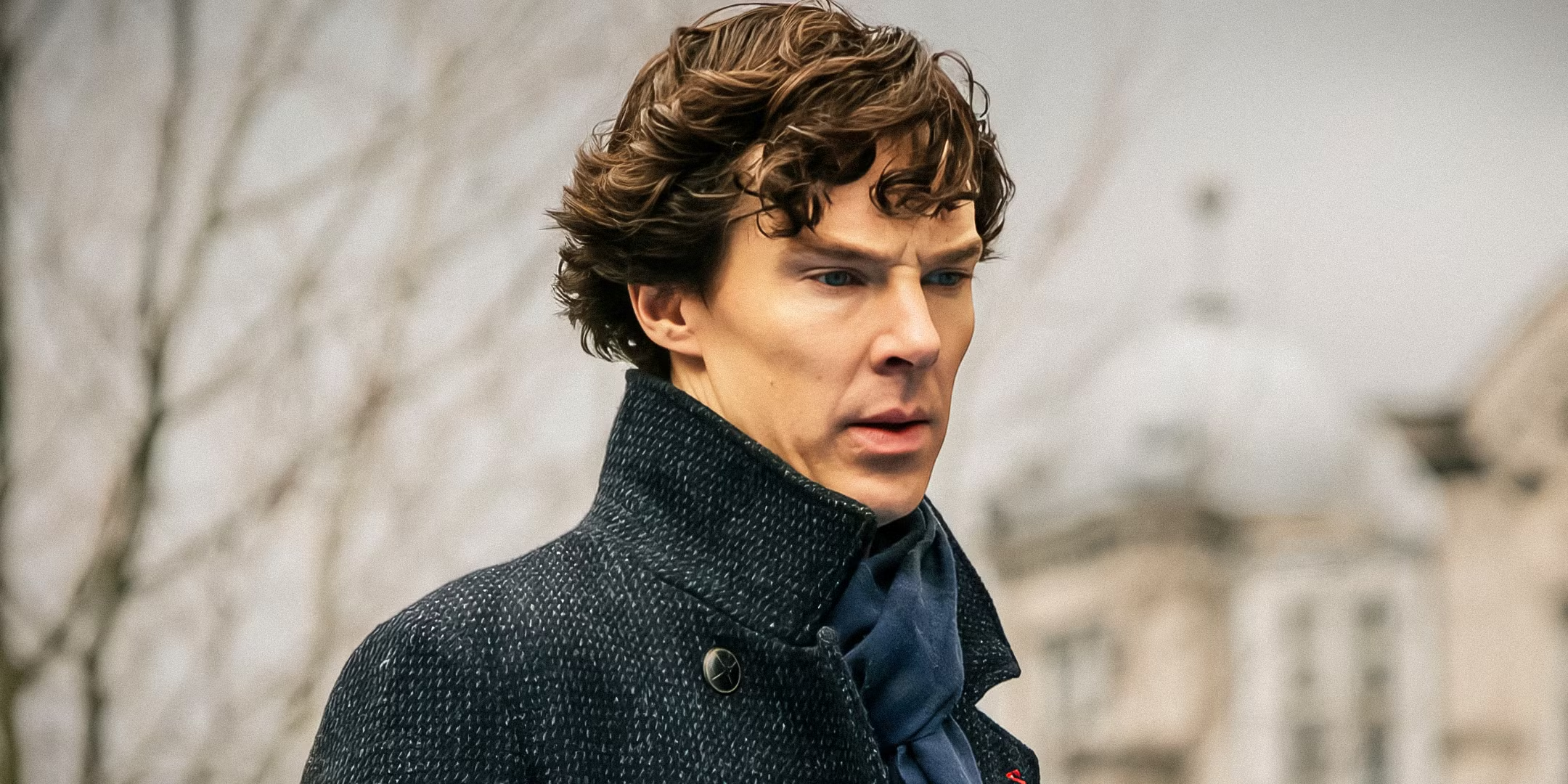
Foreign TV series don’t just offer entertaining moments to viewers — they also provoke deep thought through meaningful dialogue. Especially lines that carry philosophical, existential, or social critique often reflect the inner world of the characters while delivering powerful messages to the audience.
-
“Once an idea has taken hold of the brain, it’s almost impossible to eradicate.” — Sherlock
This quote emphasizes the power of ideas and how, once planted, they continue to grow regardless of obstacles. The line from Sherlock implies that a thought, once it takes root in the mind, cannot easily be forgotten or suppressed. Ideas are resilient — they live on and spread.
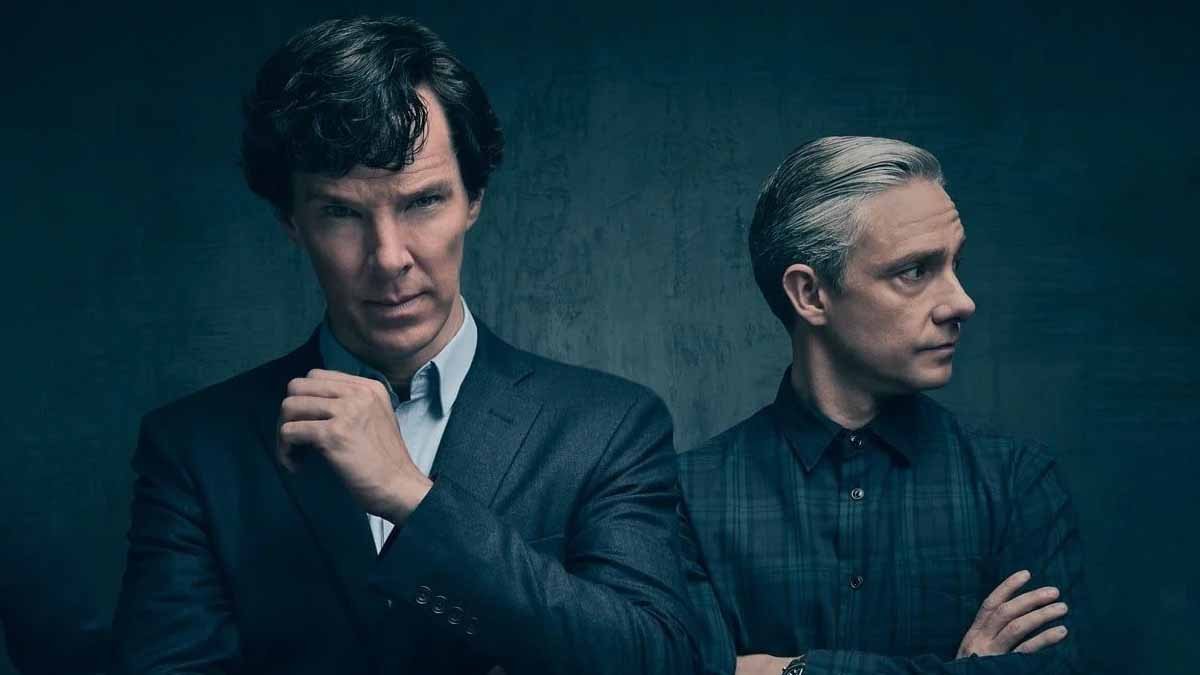
-
“Give a man a gun and he can rob a bank. Give a man a bank and he can rob the world.” — Mr. Robot
A sharp critique of power structures and capitalism, this quote contrasts the impact of individual crime with institutionalized exploitation. It suggests that systemic control — owning a bank, for example — allows for much greater and more insidious forms of theft than direct violence ever could.
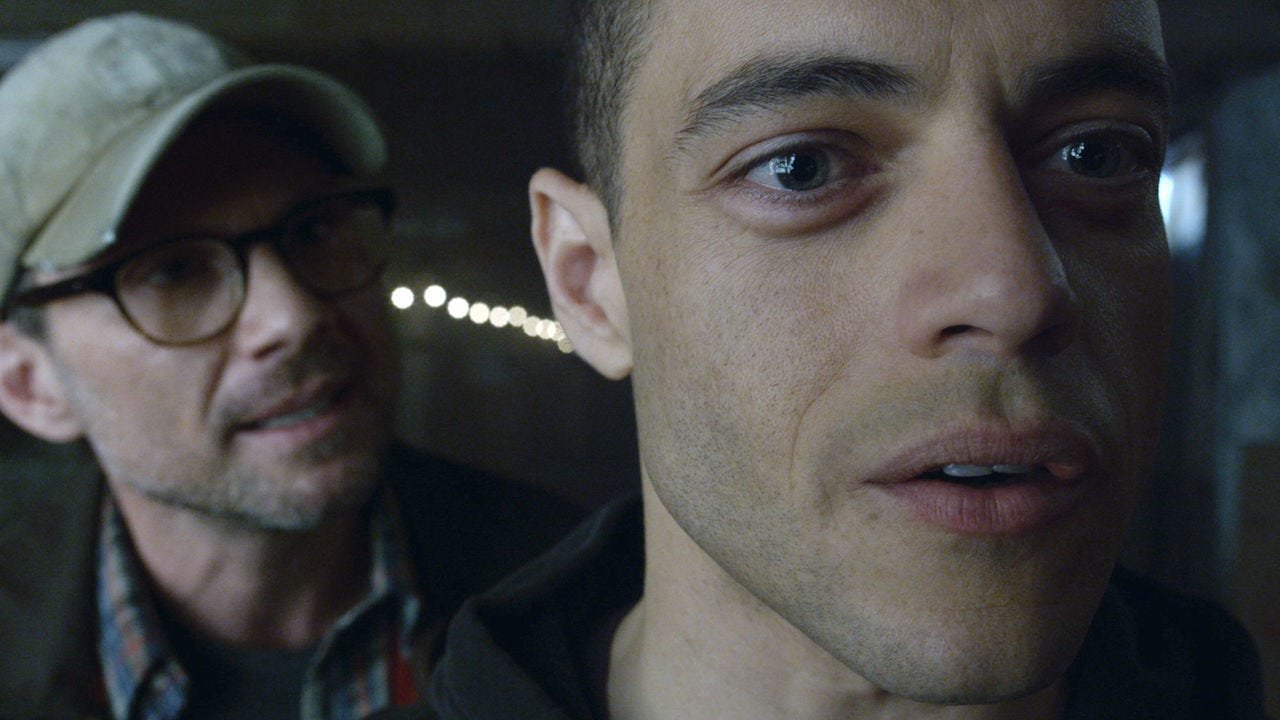
-
“People tell you who they are, but we ignore it — because we want them to be who we want them to be.” — Mad Men
This quote is a psychological observation on human relationships and perception. Even when people show us their true selves, we often refuse to accept it, preferring instead the version of them we’ve constructed in our minds. This distortion leads to miscommunication and disappointment.
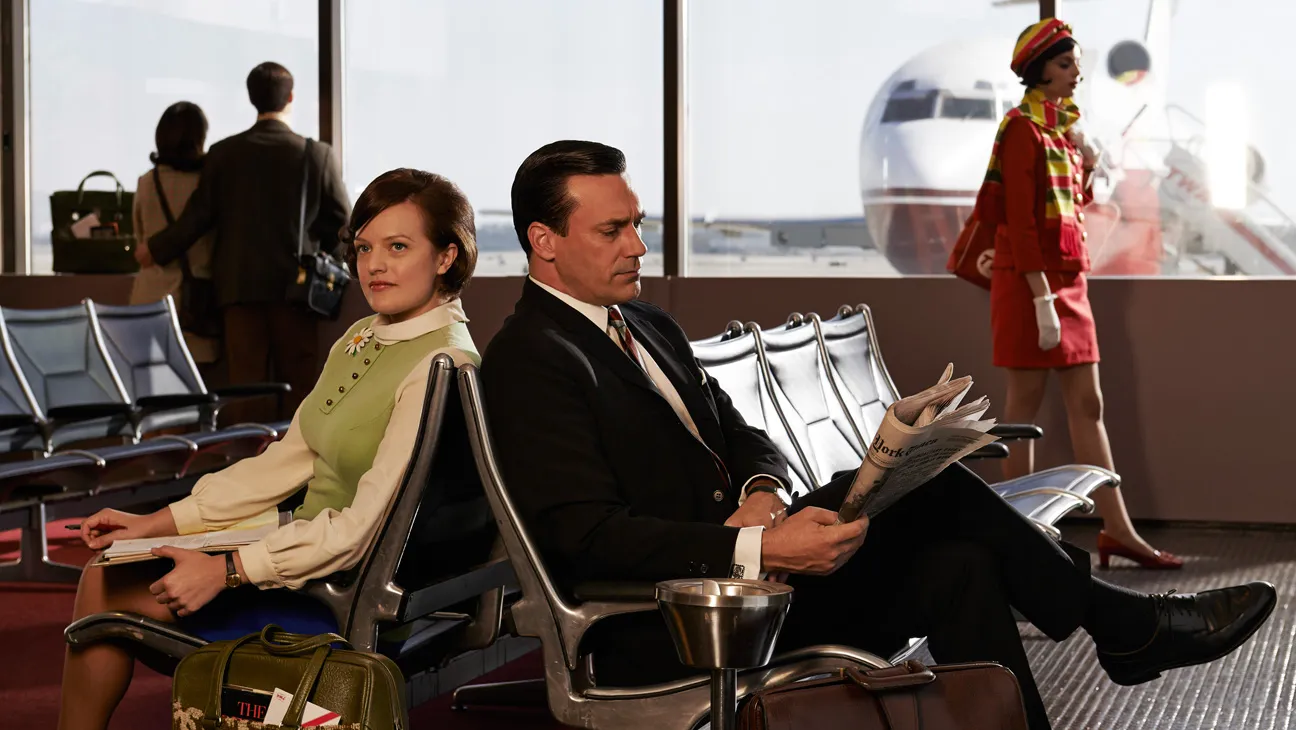
-
“Nothing someone says before the word ‘but’ really counts.” — Game of Thrones
From Game of Thrones, this incisive remark draws attention to the way people often hide their real opinions behind polite phrases. The real message comes after the word “but” — everything before it is usually just cushioning or appeasement.
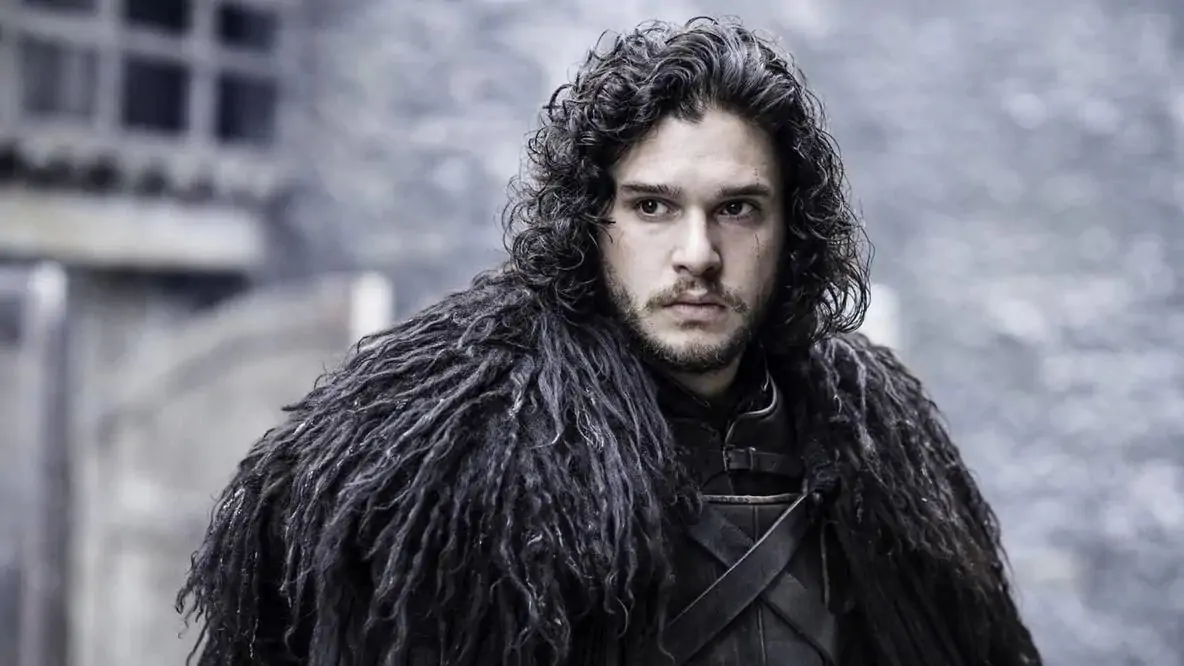
-
“If every piece of straw is recorded in a computer, finding the needle isn’t hard.” — Dexter
A modern twist on the classic phrase “finding a needle in a haystack,” this quote from Dexter reflects how the digital age makes even the hardest tasks manageable through data. In a world where everything is logged and tracked, nothing truly disappears — raising questions about privacy and surveillance.
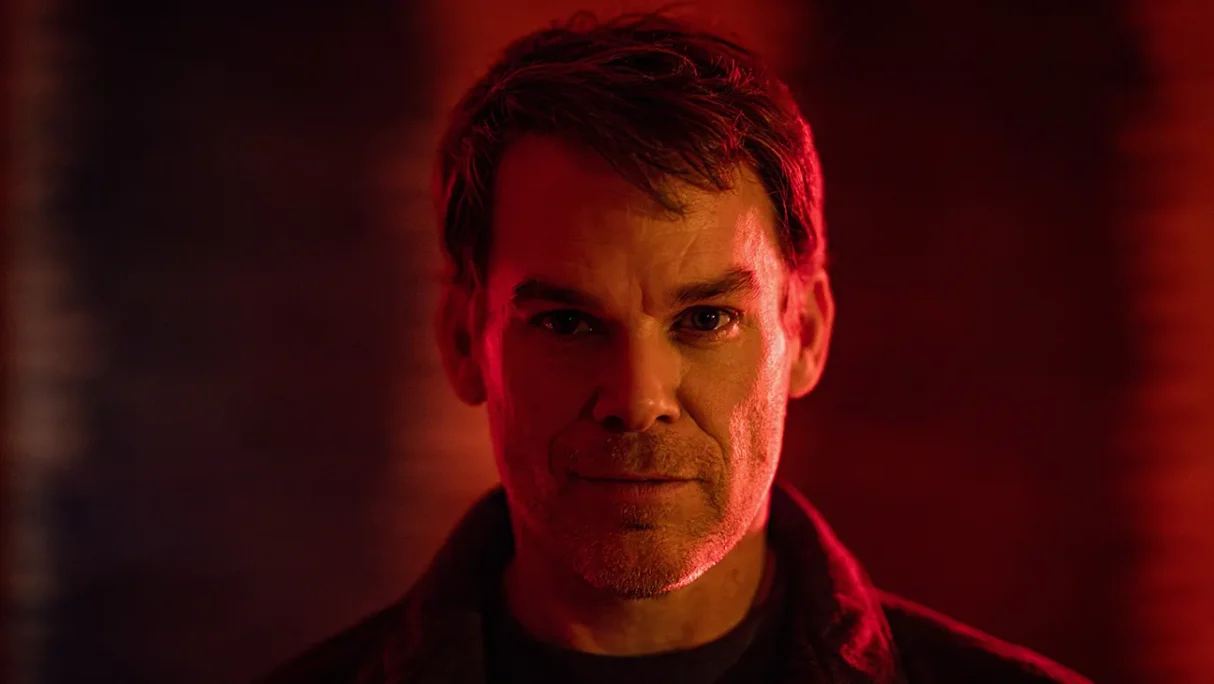
-
“Closeness is more troubling than distance. Because closeness brings fear of loss, while distance holds hope of reunion.” — Prison Break
This poignant quote explores the emotional paradox of relationships. Being close to someone can make us more vulnerable, more afraid of losing them. Distance, while painful, carries the comforting illusion of future reunion. The line captures the bittersweet tension between proximity and absence.
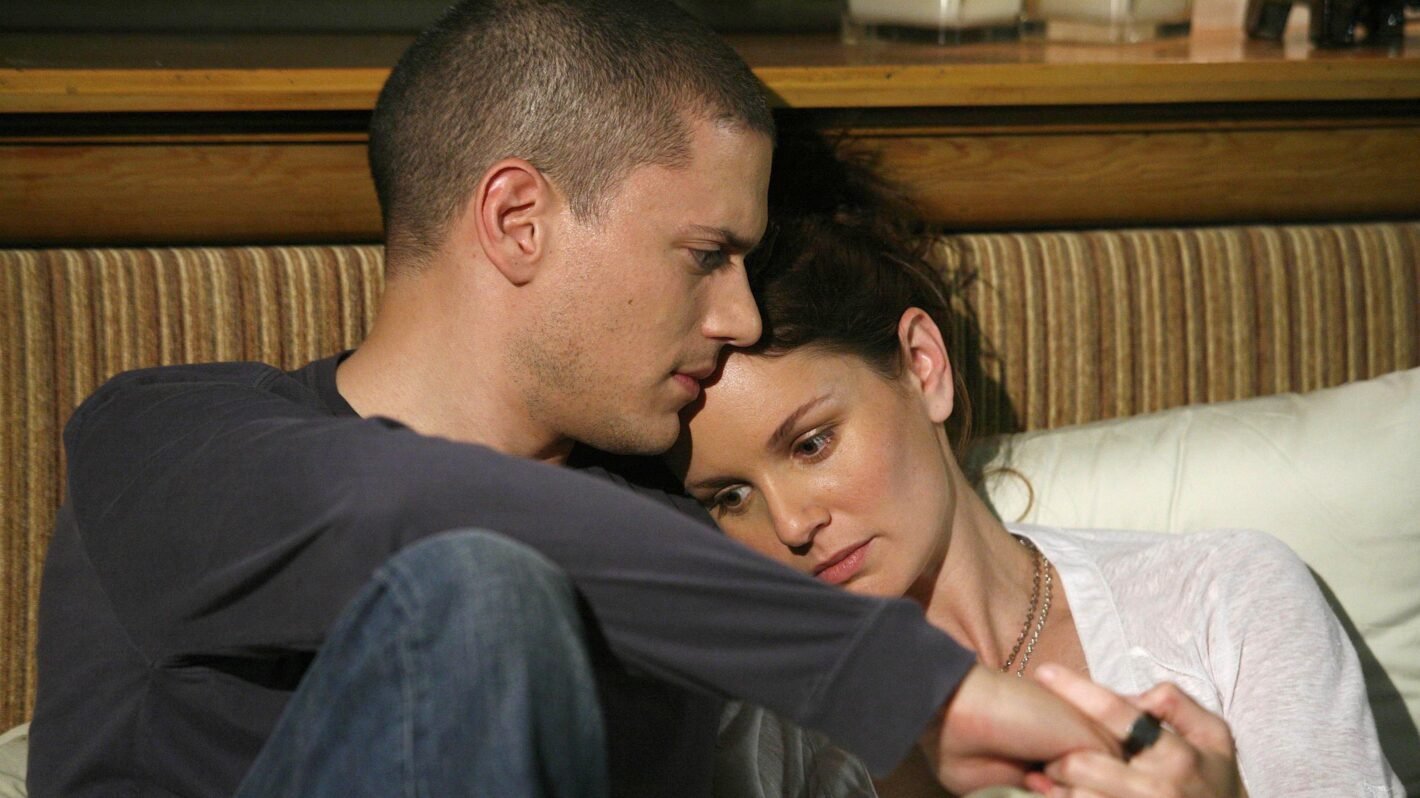
-
“If I still have responsibilities, then what’s the point of being an outlaw?” — Breaking Bad
A rebellious line that questions the meaning of freedom. Spoken in Breaking Bad, it critiques the assumption that breaking the law leads to liberation. If one still feels bound by responsibility, even outside the system, then perhaps no true escape exists.
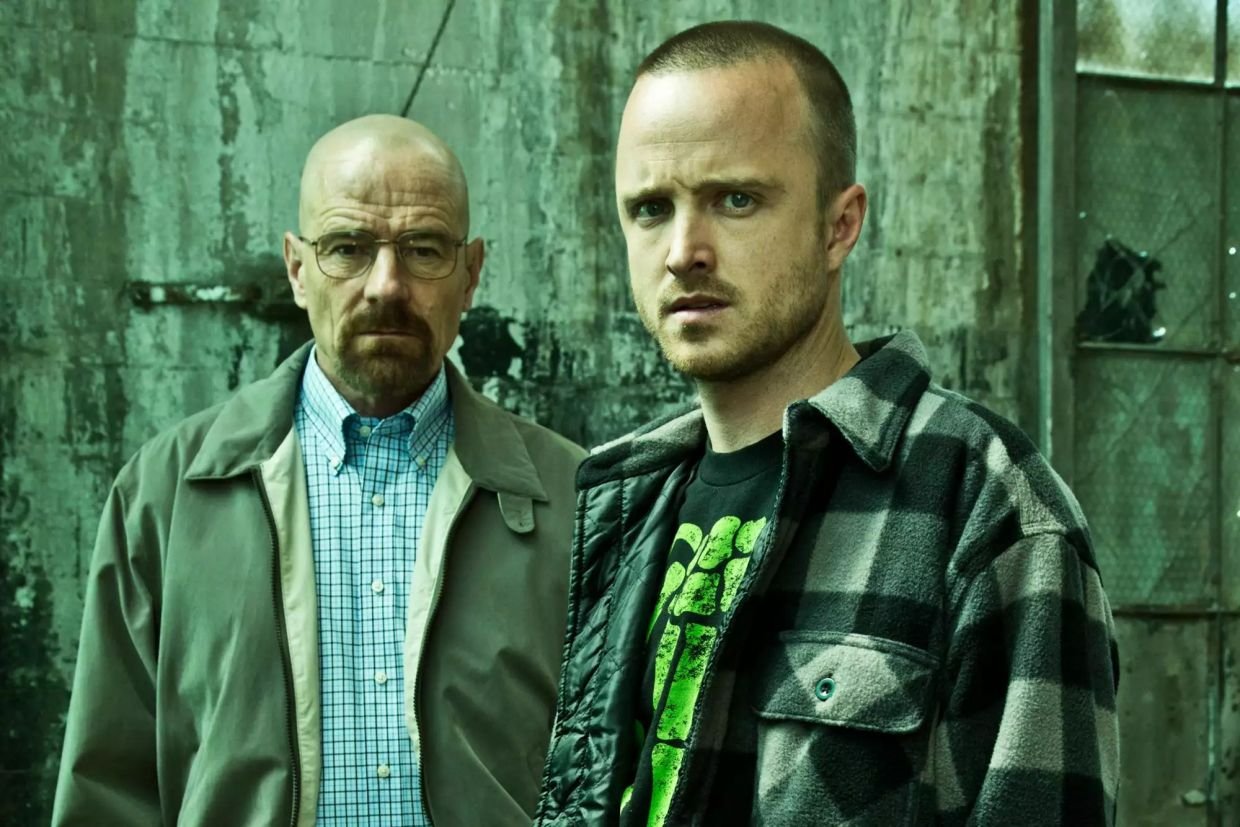
-
“There’s no money in curing diseases that only kill poor people.” — House M.D.
A brutally honest critique of the healthcare industry. Dr. House calls out how medical research and pharmaceutical companies often ignore diseases that primarily affect the poor — because they don’t generate profit. The line speaks to systemic inequality and the commodification of human life.
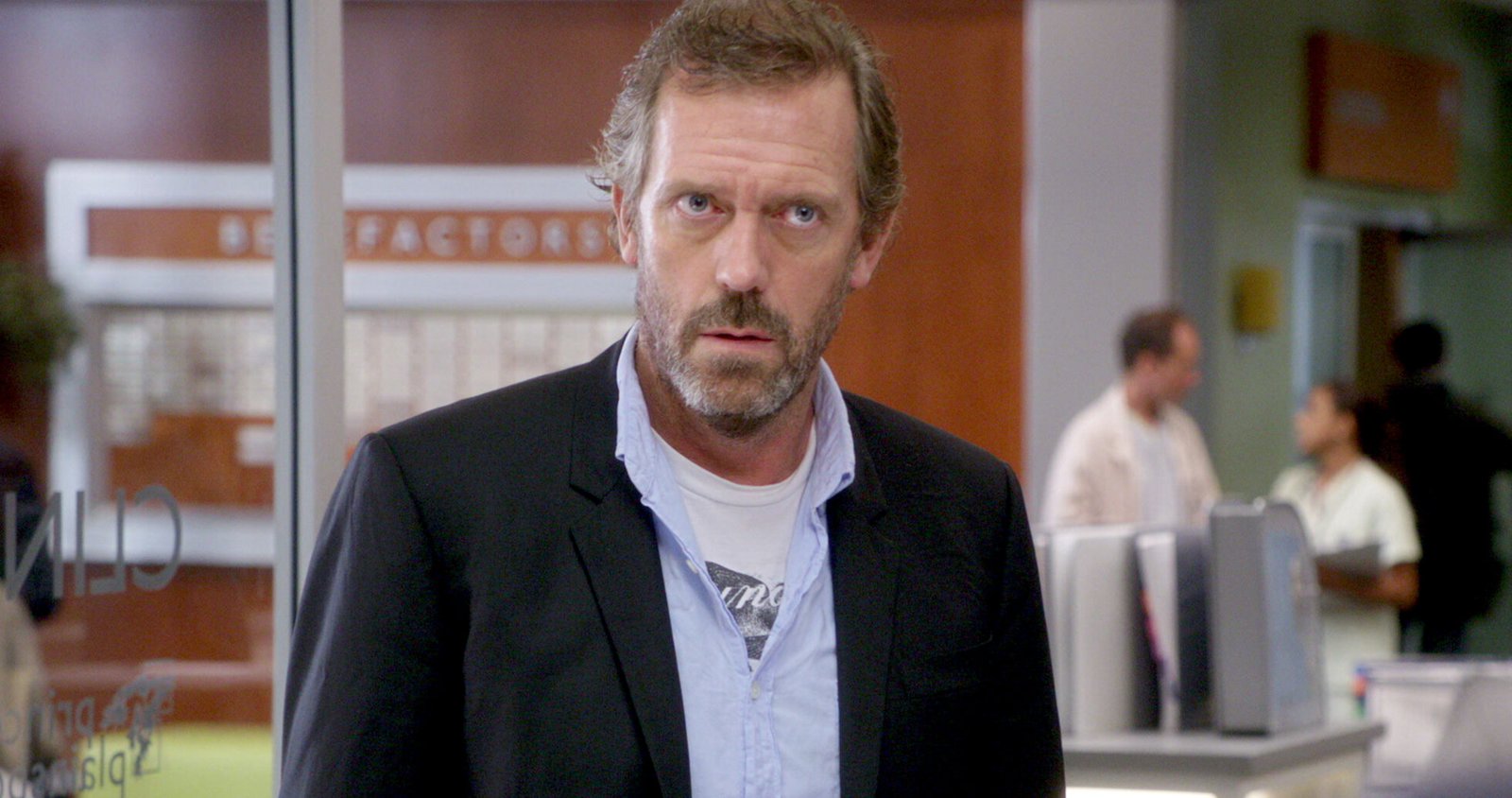
-
“There is no such thing as coincidence. Every path is predetermined. Everything happens when it’s meant to — at the right time, in the right place. Like the world is woven together by countless threads.” — Dark
A deeply deterministic view from the series Dark, where the universe is portrayed as intricately interwoven and bound by fate. The quote suggests that what we perceive as random is, in fact, part of an inevitable pattern, calling into question the notion of free will.
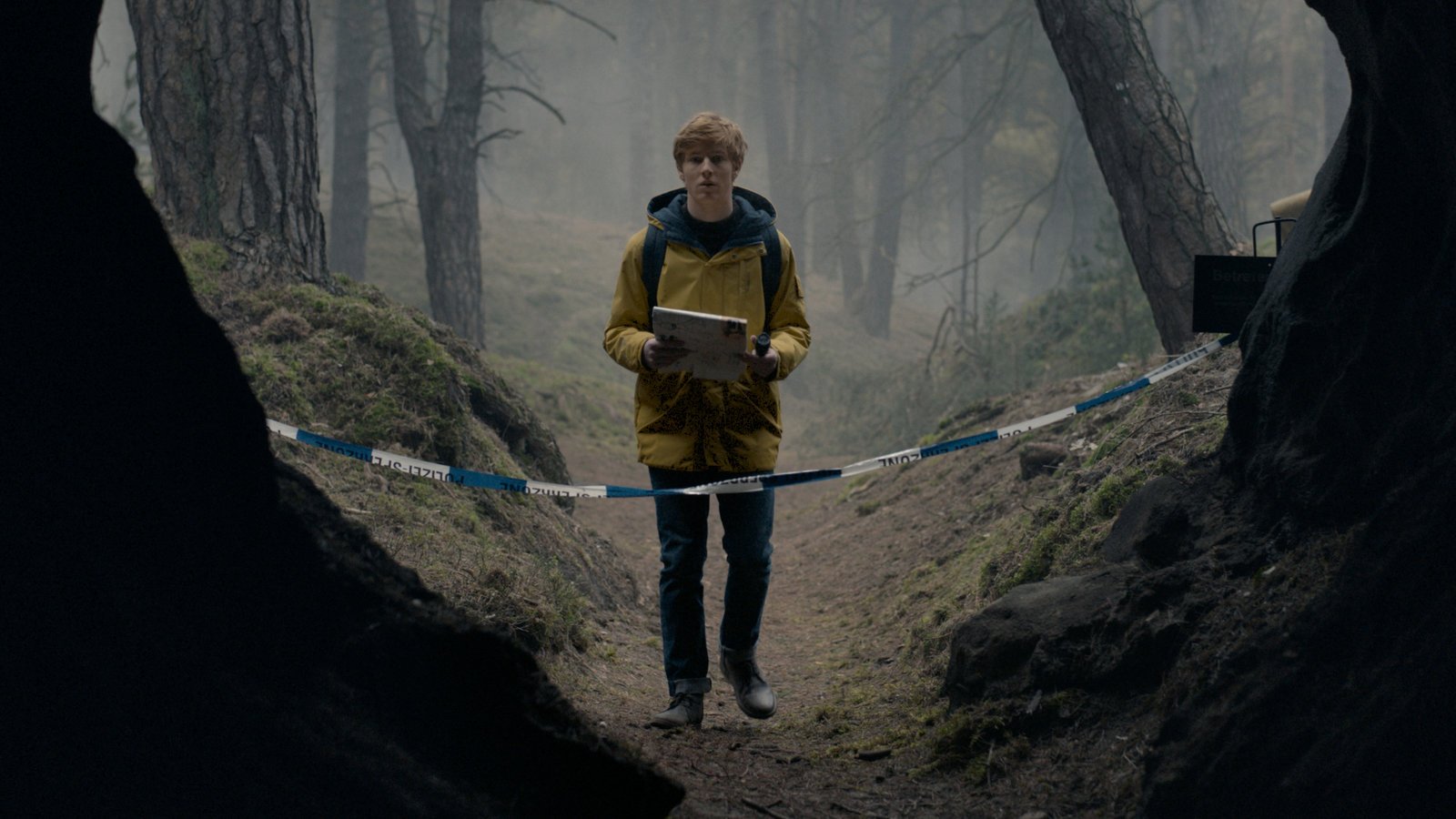
-
“Time is a flat circle. Everything we have done or will do, we will do over and over again — forever.” — True Detective
Perhaps one of the most haunting lines in television, this quote from True Detective encapsulates existential dread and nihilism. Echoing Nietzsche’s concept of eternal recurrence, it suggests that time is cyclical, and that our actions are doomed to repeat eternally. It’s a chilling meditation on fate, repetition, and the illusion of progress.
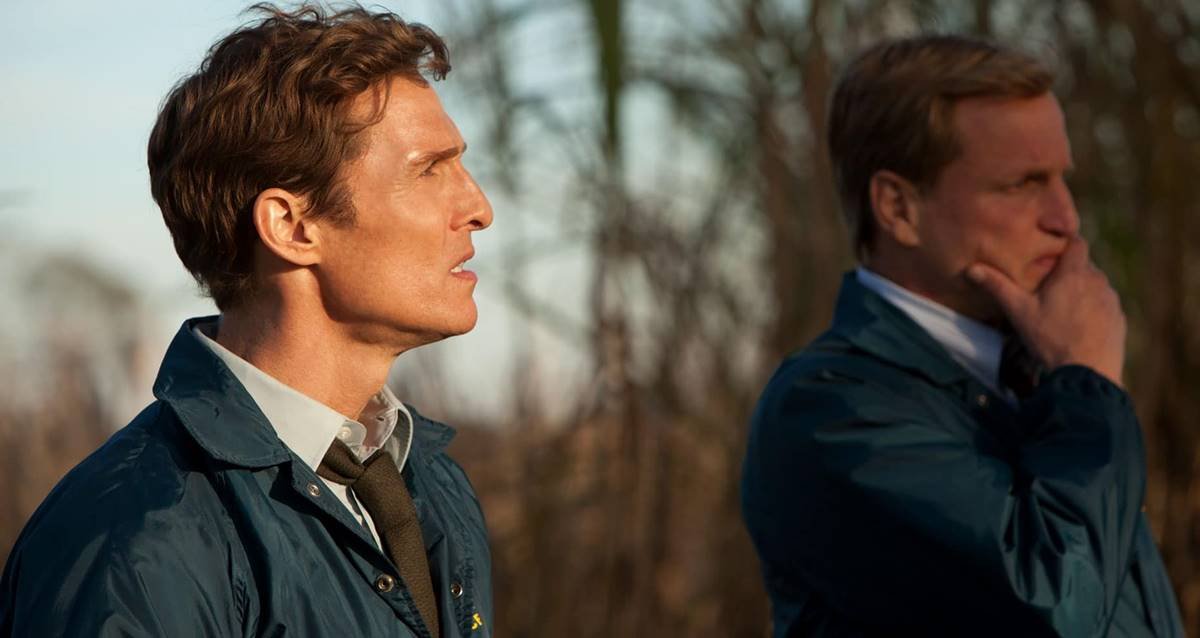
TV Shows
‘Daredevil: Born Again’ Season 3 to Take a Bold New Direction, Says Jesse Wigutow
Writer Jesse Wigutow confirms Daredevil: Born Again Season 3 is in development for a March 2027 release, promising a bold new creative direction for the MCU series.

Marvel’s Daredevil: Born Again has quickly established itself as one of the most acclaimed series in the Marvel Cinematic Universe, blending crime drama, emotional depth, and superhero grit. Following its successful debut on Disney+ in March 2025, the series continues to expand its universe — and according to writer and producer Jesse Wigutow, Season 3 will chart an entirely new course.
Recapping Daredevil: Born Again’s Journey So Far
The first season premiered on March 4, 2025, with nine episodes that reintroduced fans to Matt Murdock and his world. Critics praised the show for its grounded storytelling, sharp performances, and the way it reconnected to the original Netflix series while setting up fresh narratives within the MCU.
Season 2, set to premiere in March 2026, will feature eight episodes and promise even higher stakes. Returning cast members include Charlie Cox as Matt Murdock, Deborah Ann Woll as Karen Page, and Jon Bernthal as Frank Castle (The Punisher).
The season will also bring back Krysten Ritter as Jessica Jones, further linking the Defenders universe to Marvel’s Disney+ slate. Additionally, a special Punisher presentation is planned for 2026 under the Marvel Studios Special Presentations banner.

Jesse Wigutow on Expanding the Story
In a recent interview with Collider, Jesse Wigutow shared insight into the creative process behind the show’s expanding scope. He described Season 2 as an “ambitious story of crime and politics in New York,” building toward a climactic showdown between Matt Murdock and Mayor Wilson Fisk.
“We told this really big story, it got very wide, and then we kind of drive it in the finale to really what matters most… these two characters and the conflict that they’re in,” Wigutow said.
That confrontation sets the stage for a dramatic and more introspective third season.
What to Expect from Season 3
Despite early confusion when Charlie Cox referred to the “final season,” Marvel Television has officially confirmed that Season 3 is moving forward and is currently in development. The next installment is scheduled for a March 2027 release as part of Phase Six of the MCU.
Wigutow teased that the upcoming season won’t just continue the story — it will reinvent it.
“It is a continuation, but it is a new direction, and it is leaving a lot of what was built in [Seasons] 1 and 2 behind,” he revealed.
This suggests a creative reset that could bring in new visual styles, supporting characters, and moral challenges for Murdock as he redefines his purpose in a changing New York.
Daredevil’s Future in the MCU
With production still in early stages, the Daredevil: Born Again writers’ room is expected to reconvene soon, and filming will likely begin in 2026. The shift in direction may also align with Marvel’s larger storytelling goals, positioning Daredevil as a key figure in the grounded corner of the MCU alongside The Punisher and Jessica Jones.
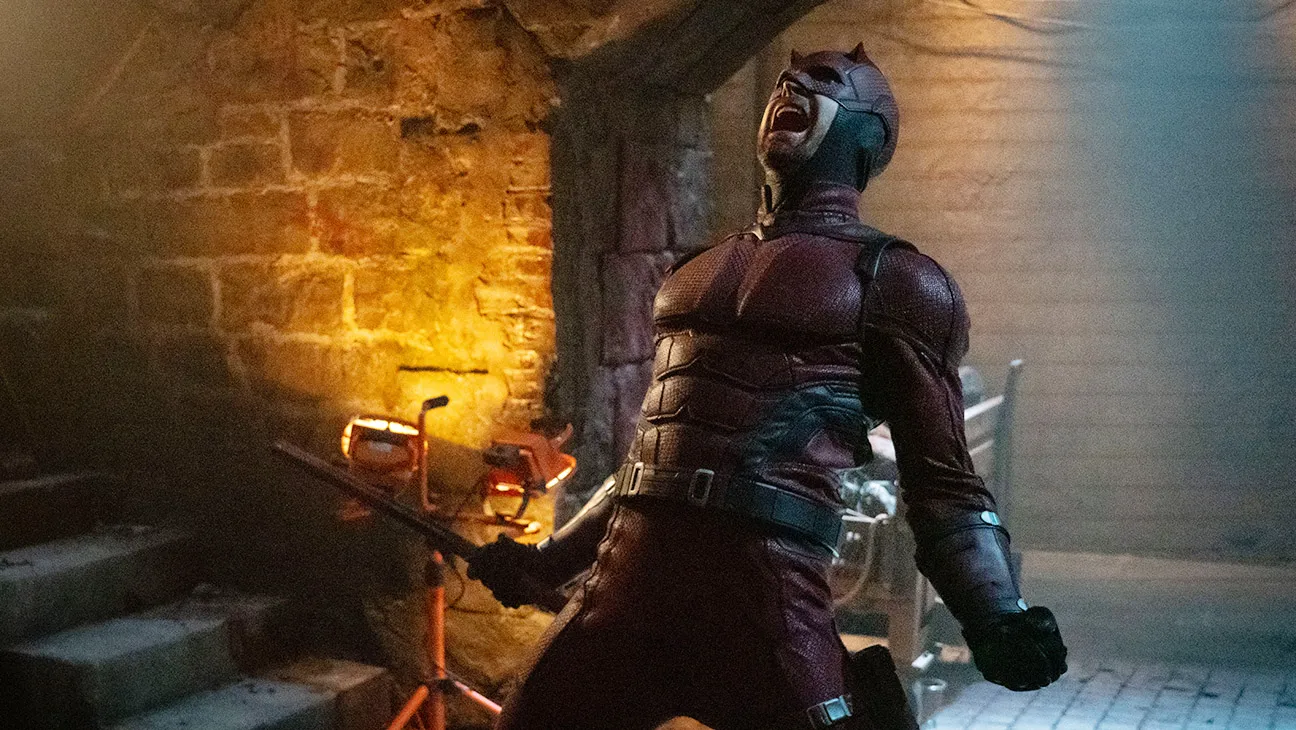
Why This New Direction Matters for Marvel
The upcoming season marks an opportunity for Daredevil: Born Again to evolve beyond its earlier tone while staying true to the emotional weight and moral complexity that define the character. If executed well, this shift could make Daredevil the MCU’s benchmark for mature, character-driven storytelling — a balance few superhero series achieve.
With Jesse Wigutow leading the charge, fans can expect a reinvention that respects the past while boldly embracing the future.
TV Shows
Alien Earth: Release Date, Cast, Plot and What to Expect from FX’s New Prequel Series
Alien Earth premieres August 12, 2025 on FX and Hulu. Here’s what to expect from this chilling sci-fi prequel that brings xenomorph terror to our own planet.
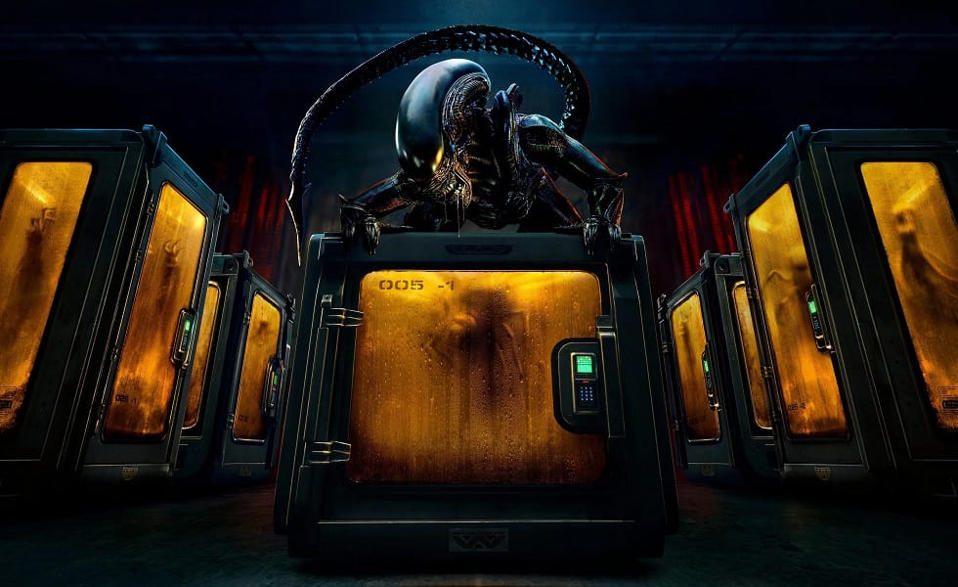
Alien Earth is set to bring the Alien franchise home—literally. For the first time in its long cinematic history, the xenomorph saga takes place on Earth. Created by Noah Hawley (Fargo, Legion) and produced by FX for Hulu, this prequel series explores the rise of corporate power, artificial intelligence, and biological terror through a grounded and suspenseful lens.
Release Date and Format
FX has announced that Alien Earth will premiere on August 12, 2025. New episodes will stream on Hulu the same day as their FX broadcast. While the total number of episodes hasn’t been officially confirmed, industry insiders suggest a season of eight episodes, aligning with FX’s typical format for high-profile dramas. Positioned as one of the network’s flagship summer releases, the show is expected to make a major impact.
Plot and Setting
Set in the year 2120, just two years before the events of Ridley Scott’s original 1979 film, Alien Earth imagines a version of our planet transformed by climate catastrophe. Earth is now hot, humid, and plagued by environmental disasters. Nation-states have collapsed, replaced by five mega-corporations—Weyland-Yutani, Prodigy, Lynch, Dynamic, and Threshold—that govern everything from technology to food supply.
The story kicks off when a mysterious alien spacecraft crashes on Earth. In response, the corporations launch a mission to investigate. At its core is Wendy, a humanoid hybrid created by fusing human consciousness with machine resilience. She’s described as the “first hybrid,” capable of feeling emotion but built to survive extremes. As her team encounters nightmarish lifeforms, Wendy is forced to reckon with what it means to be alive—and what price humanity might pay for its technological ambitions.
Cast and Characters
Leading the cast is Sydney Chandler as Wendy. She’s joined by Timothy Olyphant as Kirsh, a synthetic combat instructor and mentor figure. Alex Lawther plays C.J., a rebellious hacker, while Babou Ceesay appears as the corporate agent Morrow. Samuel Blenkin portrays Boy Kavalier, with Kit Young (Tootles), Essie Davis (Dame Silvia), Adarsh Gourav (Slightly), and Lloyd Everitt (Hoyt) rounding out a diverse ensemble.
Each character represents a different branch of corporate power or resistance. The dynamic between them is expected to add emotional weight to the series’ survival-horror tone, especially as loyalties shift and deeper agendas come to light.
Production and Creative Vision
Announced in 2020, the series has been years in the making. Noah Hawley serves as showrunner, writer, and executive producer, bringing his trademark cerebral style to the franchise. Original Alien director Ridley Scott is on board as co-executive producer, ensuring the project stays rooted in the world he created.
Filming began in Bangkok in 2023 but was temporarily paused by the SAG-AFTRA strike. Production resumed and concluded in mid-2024, giving the post-production team time to focus on practical effects and atmospheric world-building.
A key creative choice is the series’ retrofuturist aesthetic. Avoiding sleek holograms and digital tech, the show opts for analog controls, physical props, and gritty realism, echoing the look and feel of the original 1979 film. Hawley has also confirmed that the xenomorphs in this series are not engineered weapons but naturally evolved organisms—reintroducing the mystery and horror at the heart of the franchise.
Why It Matters
Alien Earth isn’t just another entry in a long-running franchise. It’s a fresh exploration of themes that resonate more than ever: environmental destruction, unchecked capitalism, artificial consciousness, and survival. With the story set on a climate-ravaged Earth controlled by corporations, the parallels to our own world are intentionally uncomfortable.
Wendy’s arc as a hybrid being navigating fear, trust, and autonomy offers a deeply human lens through which to view the horror. Meanwhile, the corporate infighting and scientific hubris build the tension long before the first xenomorph even appears.
Final Thoughts
Premiering on August 12, 2025, Alien Earth has the potential to reignite the Alien franchise in a bold new direction. With its grounded setting, strong cast, and thought-provoking themes, the series could deliver not just scares but also sharp social commentary and lasting emotional impact.
Whether you’re a die-hard fan of Ridley Scott’s original or a newcomer to the xenomorph universe, this latest chapter looks to blend terror with relevance—reminding us that sometimes, the real horror lies not in space, but here on Earth.
TV Shows
Squid Game Season 2 Release Date, New Cast and Deadly Games: What to Expect
Squid Game returns on December 26, 2024 with new contestants, familiar faces, and even more brutal games. Here’s what’s coming in Season 2 and beyond.

Netflix’s global hit Squid Game is back with its highly anticipated second season. After breaking streaming records and becoming a pop culture phenomenon in 2021, the dystopian thriller returns with new players, deadly games, and deeper themes that promise to push the story even further.
Release Date and Future Plans
Season 2 of Squid Game is set to premiere on December 26, 2024. Netflix has also confirmed that a third and final season will arrive in 2025, completing creator Hwang Dong-hyuk’s planned three-part narrative arc. With the first season becoming Netflix’s most-watched series and winning several major awards, anticipation for this next chapter is at an all-time high.
Returning Players and Villains
Four key characters will return. Lee Jung-jae reprises his role as Seong Gi-hun, the lone survivor of the original games. After winning but refusing to move on with his life, Gi-hun returns with a new mission — not to win again, but to bring down the system.
Lee Byung-hun is back as the enigmatic Front Man, overseeing the games with cold precision. Gong Yoo reappears as the recruiter who first lured Gi-hun into the competition. Meanwhile, Wi Ha-joon returns as Detective Hwang Jun-ho, whose fate was left uncertain. His ongoing search for the truth and his missing brother — the Front Man — will play a key role.
There’s also speculation that fan-favorite Jung Ho-yeon might return in a new capacity, despite her character’s death in Season 1. Creator Hwang has teased that the actress could appear in a different role.
A New Cast of Contestants
Twelve new actors are joining the series, bringing a fresh roster of desperate individuals into the next round of games. The lineup includes Yim Si-wan, Kang Ha-neul, Park Gyu-young, Park Sung-hoon, Jo Yu-ri, Yang Dong-geun, Kang Ae-sim, Lee David, Lee Jin-uk, Choi Seung-hyun, Roh Jae-won, and Won Ji-an.
These new players come from a variety of backgrounds and social strata, offering a chance to explore new stories of survival, betrayal, and moral conflict. Their arrival ensures that Season 2 will feel both familiar and refreshingly new.
Plot and Thematic Direction
Season 2 picks up where the original left off, with Gi-hun turning away from escape and choosing to infiltrate the organisation behind the games. His journey promises to dive deeper into the power dynamics and ethical contradictions of the system.
The twisted playground of the games also evolves. Teasers hint at new challenges, including a companion for the iconic killer doll from Red Light, Green Light. The visual metaphors rooted in childhood nostalgia and trauma continue, but with fresh horrors.
Themes of economic inequality, social desperation, and systemic cruelty will return — possibly more intense than ever. As the battle between Gi-hun and the Front Man develops, viewers can expect moral ambiguity, shocking twists, and escalating tension.
Final Thoughts
Squid Game Season 2 faces the daunting task of following up a groundbreaking first season. But with its cast of returning heroes and villains, a host of intriguing newcomers, and a darker, more expansive plot, it’s well-positioned to dive even deeper into its dystopian world.
Set to premiere just after Christmas 2024, the season arrives during the holiday season — ironically perfect for a story about the price of survival in a broken society. If the writing balances action with thoughtful social commentary, Squid Game could secure its place as one of the most daring and impactful dramas on Netflix.
-
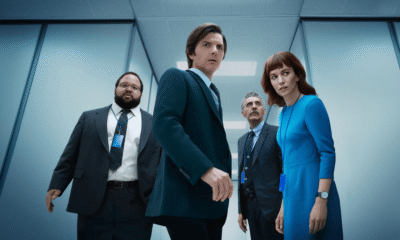
 Movies2 months ago
Movies2 months agoSeverance Season 2 Release Date, Cast, and What to Expect from the Darker Return
-

 News9 months ago
News9 months agoWalter White’s Iconic Breaking Bad House Hits the Market for $4 Million
-
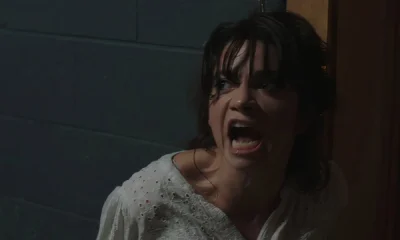
 News9 months ago
News9 months agoHorror-Comedy The Fetus Drops Bone-Chilling Trailer Starring Bill Moseley and Lauren LaVera
-

 Movies9 months ago
Movies9 months agoMoana 2 Poised to Surpass Despicable Me 4 with a Billion-Dollar Milestone
-

 News9 months ago
News9 months agoCharli XCX Joins Letterboxd: Fans Discover Her Eclectic Film Picks
-
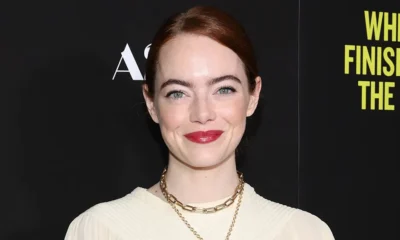
 News9 months ago
News9 months agoEmma Stone Ranks #2 Actor of the Millennium, Stirring Controversy
-

 Movies2 months ago
Movies2 months agoPredator Badlands Release Date, Cast, Plot & What We Know
-
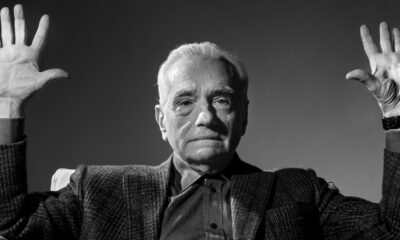
 Cinema4 months ago
Cinema4 months agoMartin Scorsese Explains Why He No Longer Goes to Movie Theaters




